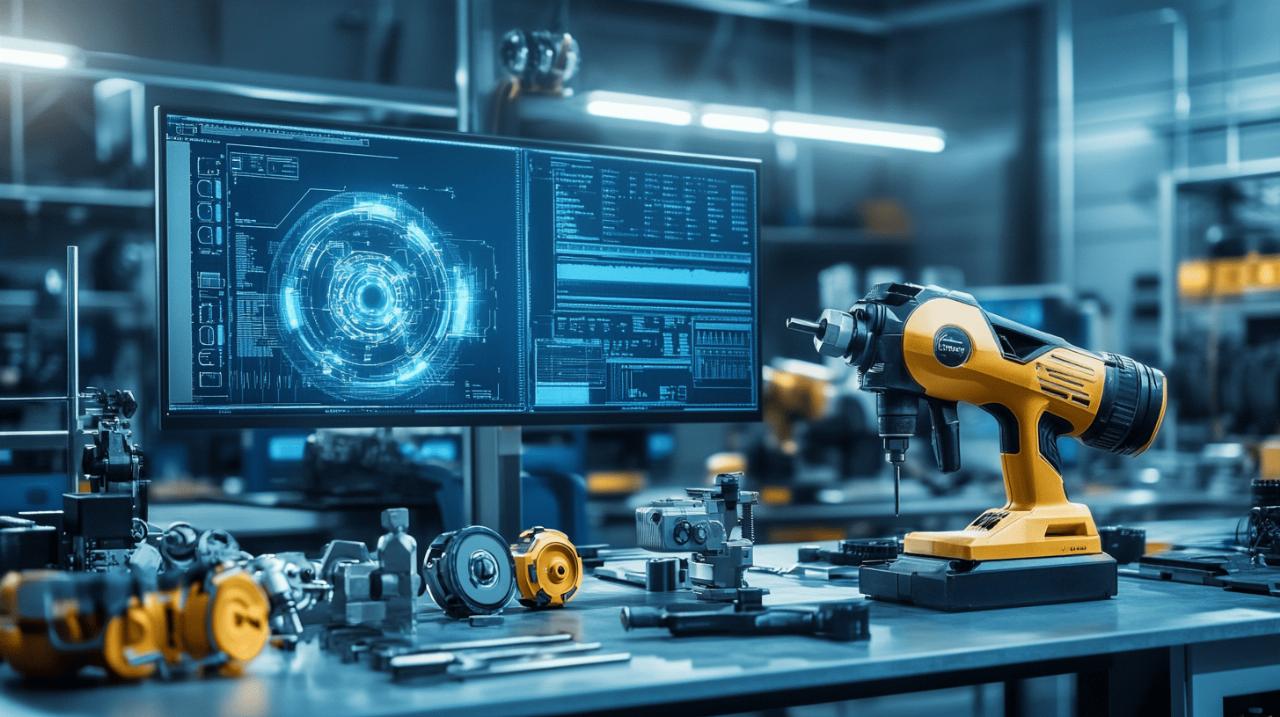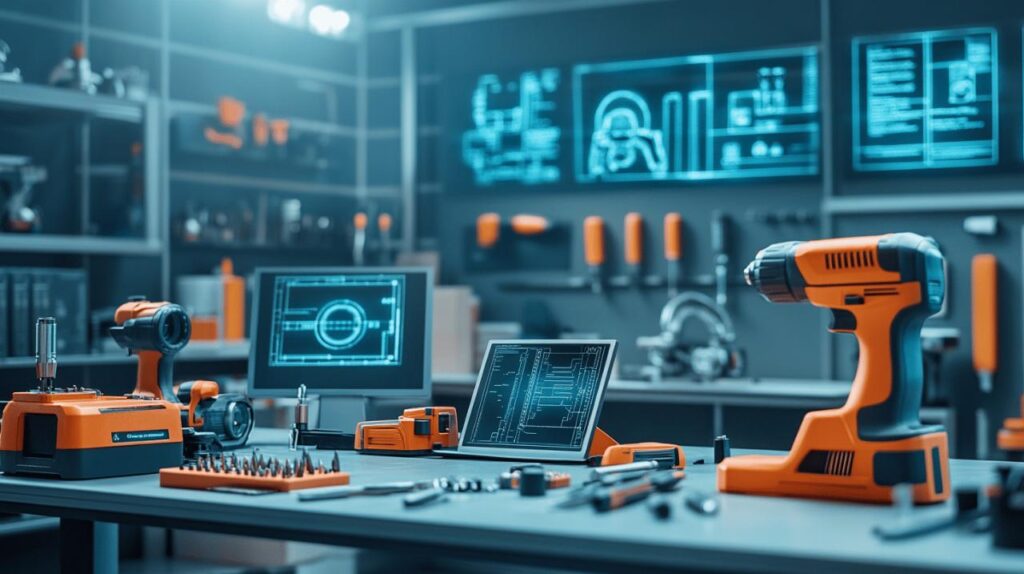Power tools are indispensable for both professional builders and DIY enthusiasts, offering efficiency and precision that manual tools simply cannot match. However, their continued performance and longevity depend significantly on proper maintenance and operation. Whether you’re a seasoned professional or a weekend warrior, understanding how to care for and safely use your power tools is essential knowledge that will save you time, money, and potential injuries.
Essential power tool maintenance practices
Maintaining your power tools is not just about extending their lifespan; it’s about ensuring they operate safely and efficiently every time you use them. Regular maintenance prevents issues such as overheating, unexpected breakdowns, and serious safety risks. A well-maintained tool from trusted brands like DeWALT, Makita, or Metabo will consistently deliver the performance you need for your projects. Many resources about proper tool maintenance techniques can be found on https://www.scuolaedilerimini.it/, which offers comprehensive construction training and news.
Cleaning and inspection routines
After each use, your power tools should undergo a thorough cleaning process. For drivers and drills, this means unplugging the tool, brushing away debris, wiping with a slightly damp cloth, using compressed air to clear vents, and lubricating the chuck. Saws require similar attention with the additional step of removing and cleaning the blade. Sanders need special care around their pads and dust collection systems. Essential cleaning supplies include soft brushes, microfiber cloths, compressed air canisters, gentle detergent, rust remover, and appropriate lubricant for moving parts.
Regular inspection should become part of your routine. Check for loose parts, frayed power cables, worn blades, and unusual noises or vibrations during operation. These can be early warning signs of potential failures. The frequency of these inspections depends on how often you use your tools, but generally, a quick check before each use and a more thorough examination monthly is advisable for tools in regular use.
Proper storage and protection methods
How you store your power tools significantly impacts their condition and longevity. Always ensure tools are clean and completely dry before storage to prevent rust and corrosion. Store them in a clean, dry place away from extreme temperatures and humidity. Purpose-built storage solutions such as tool chests, wall-mounted racks, or original cases provide excellent protection. For battery-powered tools, store batteries in a cool, dry location, and if storing for extended periods, maintain them at about 40% charge rather than fully charged or depleted.
Calibration is another crucial aspect of maintenance that ensures accuracy. Follow the manufacturer’s guidelines for adjusting your tools, particularly for precision instruments. This may involve checking alignments, tightening components, or professional servicing for complex tools. When replacement parts are needed, always opt for genuine components from the manufacturer for safety, reliability, and optimal performance.
Safe and effective power tool operation
Understanding how to safely operate your power tools is just as important as maintaining them. Power tools, by definition, are machines powered by external energy sources such as electricity or compressed air, designed to enhance speed and efficiency compared to hand tools. With this increased power comes increased responsibility for safe operation.
Understanding tool-specific safety features
Each type of power tool comes with specific safety features designed to protect the user. Familiarise yourself with these features before operating any tool. Most modern power tools include guards, shields, automatic shut-offs, and ergonomic designs that minimise risks when used correctly. For instance, circular saws have blade guards that automatically cover the blade when not in use, while drills may have clutch mechanisms that prevent over-torquing.
Always read the manufacturer’s manual thoroughly before using a new tool. These manuals contain vital information about safety features, recommended uses, and specific warnings. Never disable or modify safety features, even if they seem inconvenient. They exist to prevent serious injuries and are designed based on extensive safety research and real-world accident data.
Correct handling techniques and protective equipment
Proper handling of power tools begins with the right stance and grip. Maintain a balanced position with firm footing when operating any power tool. Hold the tool with both hands when designed for two-handed operation, and never rush or force a tool through a task. Let the tool do the work at its own pace to prevent kickback, binding, or loss of control.
Personal protective equipment is non-negotiable when using power tools. At minimum, safety glasses or goggles should be worn to protect against flying debris. Depending on the tool and task, additional protection may include hearing protection for noisy tools, dust masks or respirators when cutting materials that produce fine particles, work gloves for handling rough materials, and appropriate footwear. Remember that noise management is not just about personal protection but also consideration for others. Be aware of local noise restrictions in residential areas, especially if working outside normal business hours. The Environmental Protection Act 1990 aims to prevent excessive noise, so consider using tools with lower noise levels or implementing noise-reducing measures such as mats or enclosures when working in sensitive environments.

